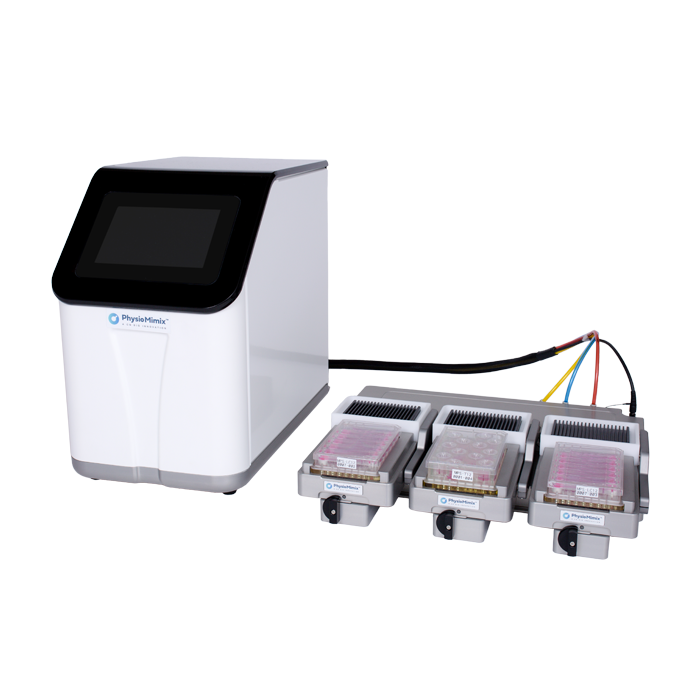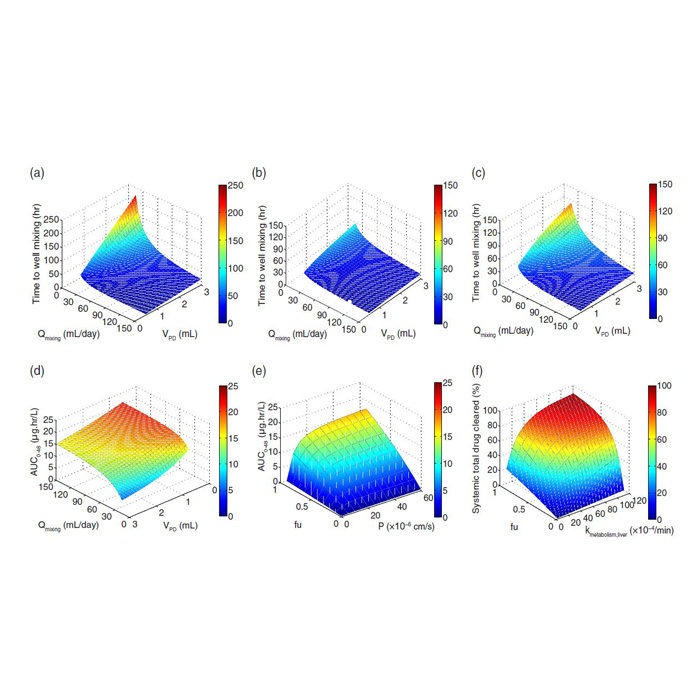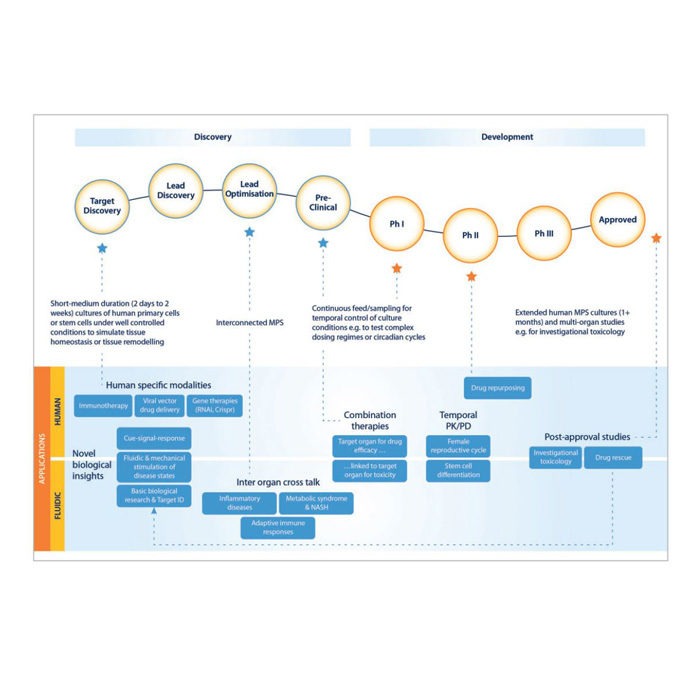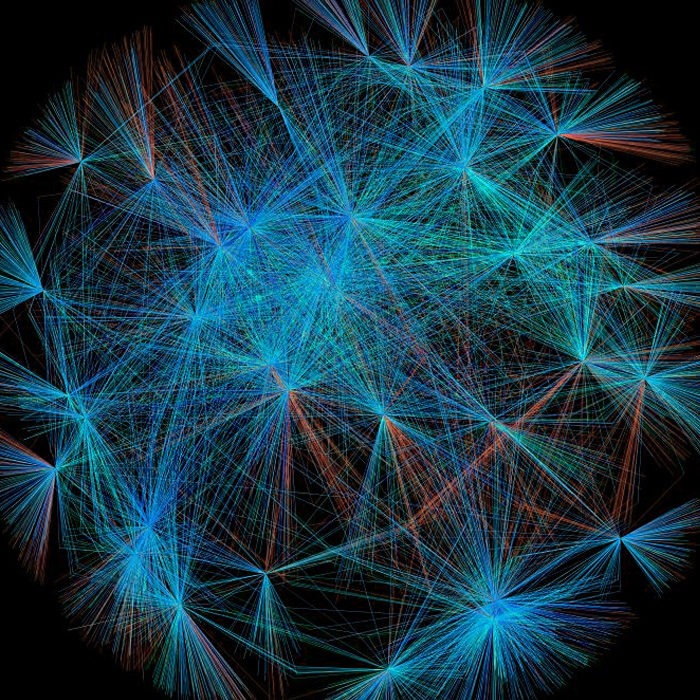
PhysioMimix - Organ-on-a-chip Platform
Cell Culture

Our goal in developing Microphysiological Systems (MPS) technology is to provide an improved approach for more predictive preclinical drug discovery via a highly integrated experimental/computational paradigm. Success will require quantitative characterization of MPSs and mechanistic analysis of experimental findings sufficient to translate resulting insights from in vitro to in vivo. We describe herein a systems pharmacology approach to MPS development and utilization that incorporates more mechanistic detail than traditional pharmacokinetic/pharmacodynamic (PK/PD) models. A series of studies illustrates diverse facets of our approach. First, we demonstrate two case studies: a PK data analysis and an inflammation response––focused on a single MPS, the liver/immune MPS. Building on the single MPS modeling, a theoretical investigation of a four-MPS interactome then provides a quantitative way to consider several pharmacological concepts such as absorption, distribution, metabolism, and excretion in the design of multi-MPS interactome operation and experiments…

Liver disease represents a growing global health burden. The development of in vitro liver models which allow the study of disease and the prediction of metabolism and druginduced liver injury in humans remains a challenge. The maintenance of functional primary hepatocytes cultures, the parenchymal cell of the liver, has historically been difficult with dedifferentiation and the consequent loss of hepatic function limiting utility. The desire for longer term functional liver cultures sparked the development of numerous systems, including collagen sandwiches, spheroids, micropatterned co-cultures and liver microphysiological systems. This review will focus on liver microphysiological systems, often referred
to as liver-on-a-chip, and broaden to include platforms with interconnected microphysiological systems or multi-organ-chips. The interconnection of microphysiological systems presents the opportunity to explore system level effects, investigate organ cross talk, and address questions which were previously the preserve of animal experimentation…
Download the full document here.

